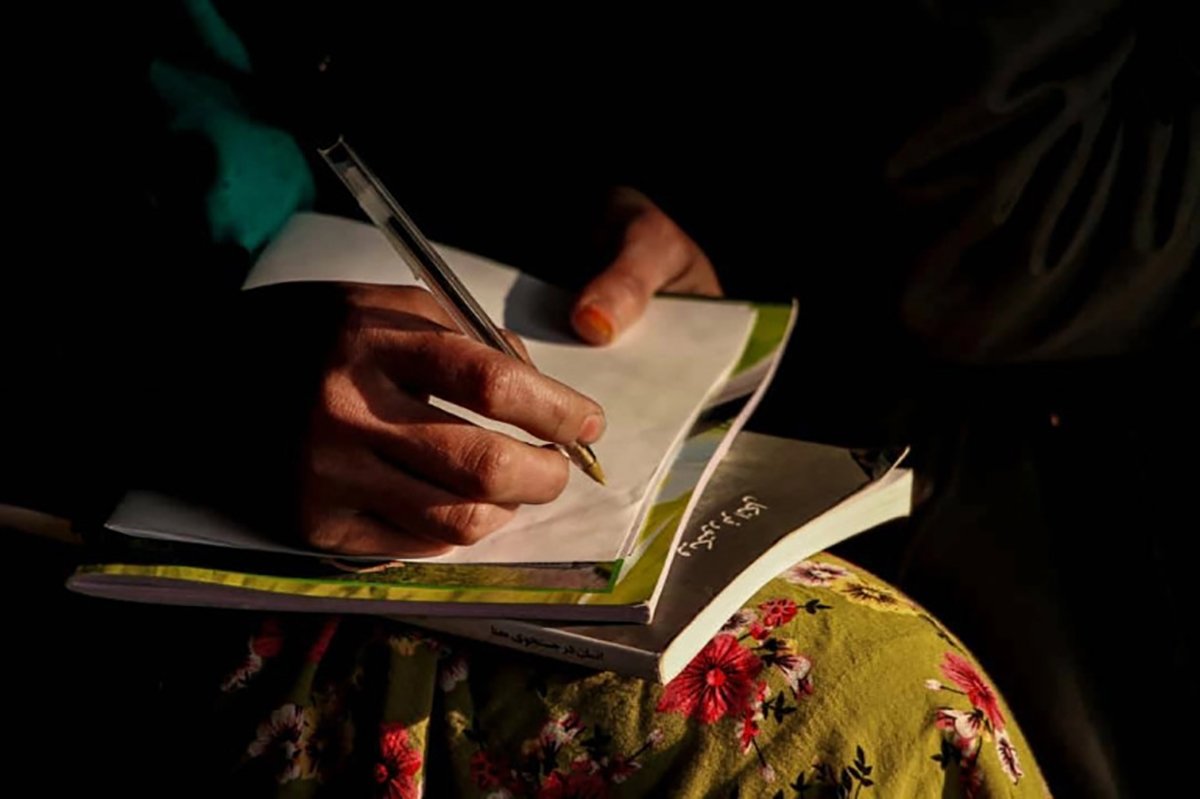On May 8 last year, 17-year-old Tahira and her classmate were discussing their plans for the Eid holidays when a powerful bomb went off at their school in Kabul’s Dasht-e-Barchi neighbourhood. She was thrown to the other side of the street by the intensity of the explosion.
Two more explosions followed targeting Sayed ul-Shuhada High School for girls and leaving 90 people dead, most of them female students. “One moment I was talking to my friend. Next, I was lying in a hospital, and all wired up,” Tahira recalls.
Three pieces of shrapnel had struck her legs. “Two of them were removed and one became part of my body,” Tahira, who does not wish to reveal her full name, told Al Jazeera.
No group claimed responsibility for the series of blasts. The neighbourhood in Kabul’s western suburb – home to the predominantly Shia Hazara community – had been the target of brutal attacks in recent years, particularly by the ISIL (ISIS) group. In 2020, 24 people were killed, including newborn babies and their mothers in an attack on a maternity ward. ISIL claimed responsibility for that attack.
Politicians and foreign missions in Afghanistan called it an attack on “education”, but to many of the students, it was an attack on their very identities as young women and Hazaras.
























